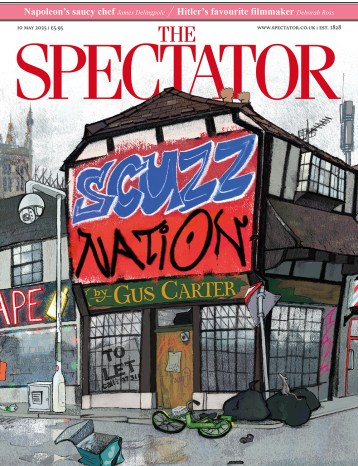In the autumn of 1987, after London had been hit by a fierce storm, Simon Jenkins wandered through Bloomsbury and noticed that workers clearing away the fallen plane trees were finding it hard to cut through the branches. When he looked closely, he saw this was because their chainsaws kept snapping against embedded fragments of wartime shrapnel.

Disagree with half of it, enjoy reading all of it
TRY A MONTH FREE
Our magazine articles are for subscribers only. Try a month of Britain’s best writing, absolutely free.
Already a subscriber? Log in





Comments
Join the debate, free for a month
Be part of the conversation with other Spectator readers by getting your first month free.
UNLOCK ACCESS Try a month freeAlready a subscriber? Log in